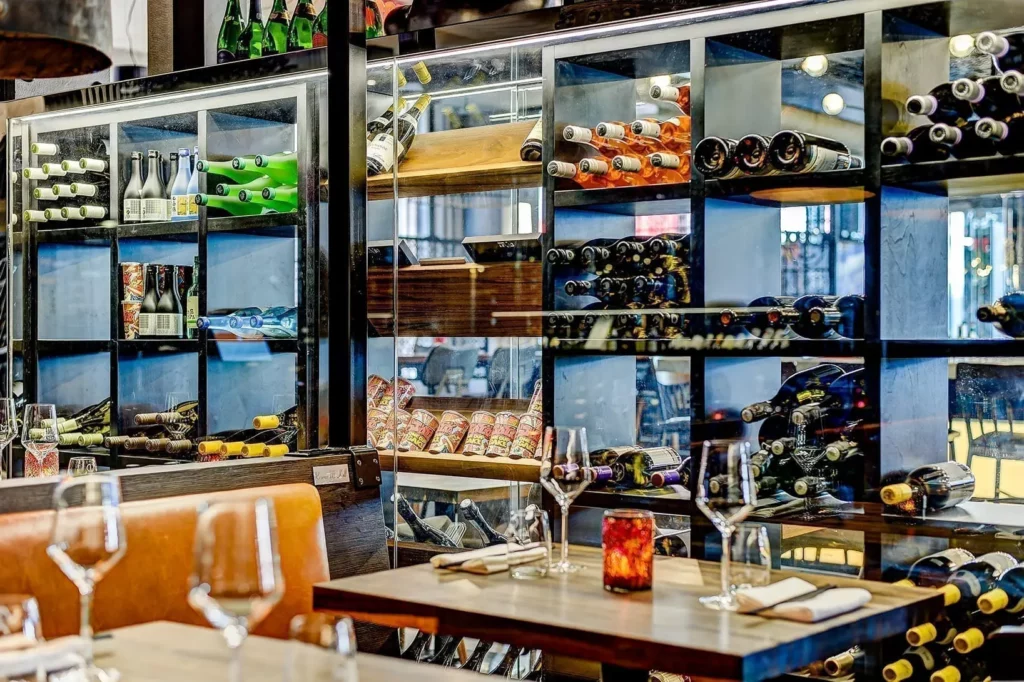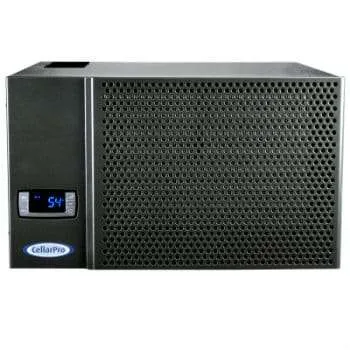Wine lovers know that temperature plays a crucial role in the quality of their favorite bottle—but not all temperatures are the same. There’s a big difference between the ideal conditions for storing wine long-term and the perfect temperature for serving it. Getting these wrong can dull flavors, spoil aromas, or even damage the wine over time.
In this guide, we’ll break down why storage and serving temperatures matter, the risks of getting them wrong, and how to ensure every glass is enjoyed at its best.
Why Wine Storage Temperature Matters
Storing wine at the right temperature is about preservation—keeping the wine stable so it can age gracefully. Here’s what you need to know:
The Ideal Wine Storage Temperature
55–57°F (13–14°C) is the sweet spot for long-term storage.
Consistency is key—fluctuations above 59°F (15°C) can speed up aging, while temps below 45°F (7°C) can slow it too much.
Humidity matters too—aim for 60–70% to keep corks from drying out.
What Happens if Wine is Stored Incorrectly?
Too warm? Wine ages too quickly, losing complexity and developing cooked flavors.
Too cold? Chemical reactions slow down, stunting development.
Fluctuating temps? Expansion and contraction can push corks out, letting air in and spoiling the wine.
Pro Tip: If you don’t have a wine fridge, a cool, dark basement (away from heaters or pipes) is the next best thing.
Why Wine Serving Temperature Makes a Difference
Serving temperature is all about flavor and aroma. Serve a wine too cold, and it’ll taste muted; too warm, and it’ll taste flat or overly alcoholic.
The Right Serving Temperatures for Different Wines
| Wine Type | Ideal Serving Temp | What Happens if It’s Wrong? |
|---|
| Sparkling (Champagne, Prosecco) | 43–50°F (6–10°C) | Too warm = flat bubbles; too cold = no aroma |
| Light White (Sauvignon Blanc, Pinot Grigio) | 49–55°F (9–13°C) | Too warm = tastes alcoholic; too cold = flavors disappear |
| Full-Bodied White (Chardonnay, Viognier) | 54–60°F (12–16°C) | Too cold = buttery notes vanish; too warm = flabby taste |
| Light Red (Pinot Noir, Beaujolais) | 55–60°F (13–16°C) | Too warm = jammy; too cold = harsh tannins |
| Bold Red (Cabernet, Shiraz, Malbec) | 62–68°F (17–20°C) | Too warm = hot alcohol burn; too cold = astringent |
Quick Tips for Serving Wine Right
Too cold? Cup the glass in your hands to warm it slightly.
Too warm? Chill reds for 10–15 minutes in the fridge or use an ice bucket with water and salt for rapid cooling.
Avoid room temperature myth—most rooms are too warm for reds!
Special Considerations: Wine Fridges & Serving Options
For serious collectors, dual-zone wine coolers allow you to store at cellar temps (55°F) while keeping a serving section at ideal drinking temps. Some advanced cooling systems (like Wine Guardian’s Serving Temperature Option) let you adjust between 42–64°F (5–18°C) for flexible serving.
Serving Temperature Control Option
For those seeking precise temperature control, Wine Guardian’s cooling units offer a Serving Temperature Option, allowing you to maintain temperatures ranging from 42°F to 64°F (5°C to 18°C). This feature is ideal for wine cabinets, small wine rooms, or restaurants, wine bars, and clubs where you want to serve wine at its optimal drinking temperature. The option also lets you adjust the temperature seasonally, allowing for the rotation of wine stock and more flexible temperature management.
Final Thoughts: Balance Storage & Serving for the Best Experience
Store at 55°F (13°C) for longevity.
Serve at the right range (see chart above) for maximum flavor.
Avoid extreme or fluctuating temps—your wine will thank you!
By mastering both storage and serving temperatures, you’ll ensure every bottle—whether a crisp Sauvignon Blanc or a bold Cabernet—tastes exactly as the winemaker intended.






